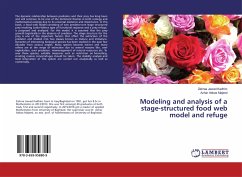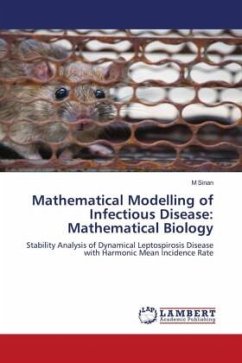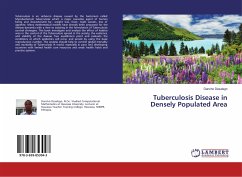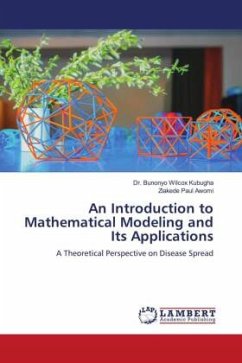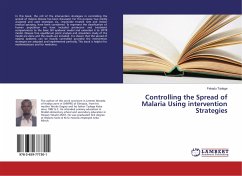
Controlling the Spread of Malaria Using intervention Strategies
Versandkostenfrei!
Versandfertig in 6-10 Tagen
24,99 €
inkl. MwSt.

PAYBACK Punkte
12 °P sammeln!
In this book, the roll of the intervention strategies in controlling the spread of malaria disease has been discussed. For this purpose two mostly accepted and used strategies viz., insecticide treated nets and indoor residual spraying, have been considered. To represent the classification of human population we have included protection and treatment compartments to the basic SIR epidemic model and extended it to SPITR model. Disease free equilibrium point analysis and simulation study of the model are done and the results are included. It is shown that the spread of malaria epidemic can be he...
In this book, the roll of the intervention strategies in controlling the spread of malaria disease has been discussed. For this purpose two mostly accepted and used strategies viz., insecticide treated nets and indoor residual spraying, have been considered. To represent the classification of human population we have included protection and treatment compartments to the basic SIR epidemic model and extended it to SPITR model. Disease free equilibrium point analysis and simulation study of the model are done and the results are included. It is shown that the spread of malaria epidemic can be heavily controlled provided the intervention strategies are adopted and implemented perfectly. This book is helpful for mathematicians and for medicines.





